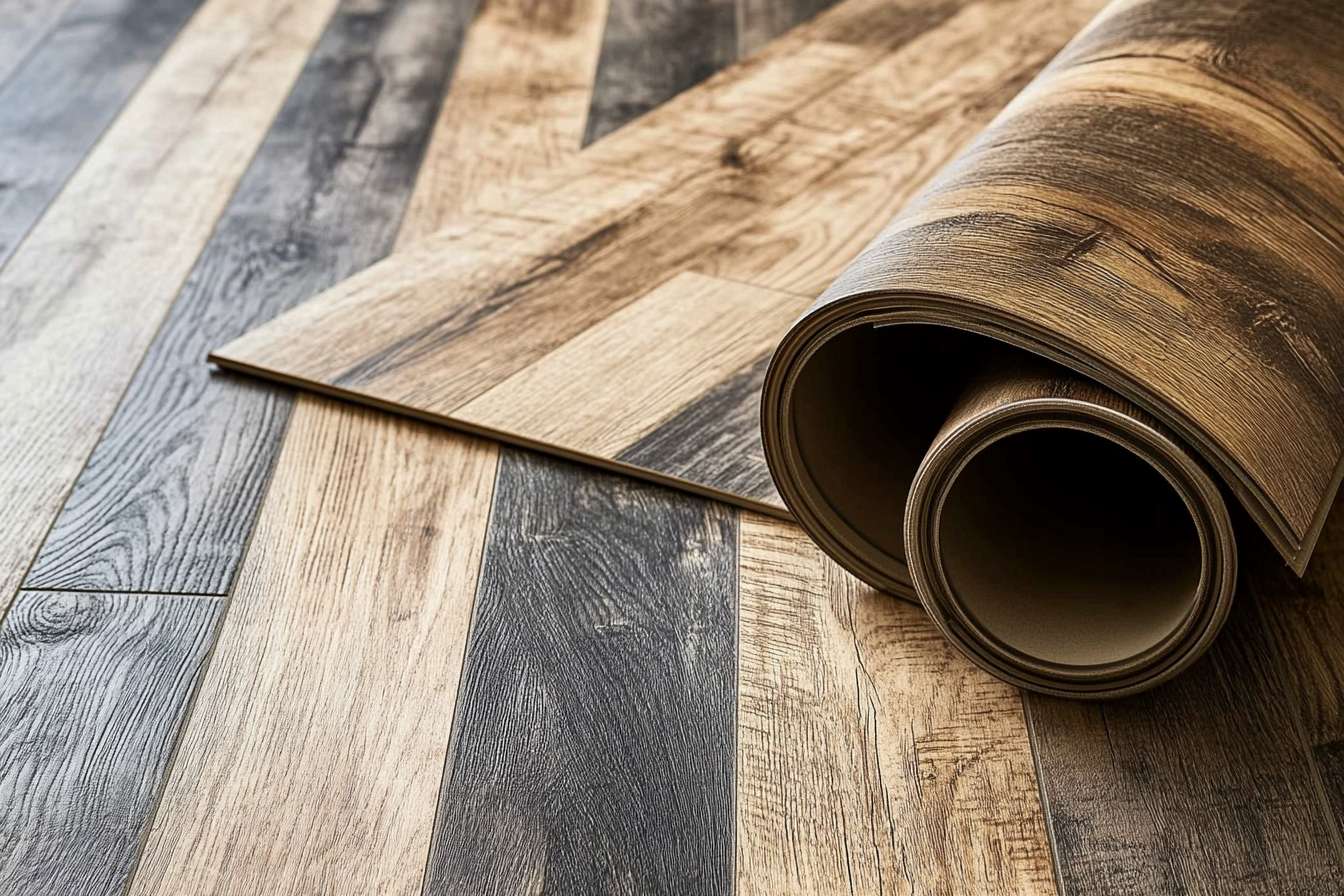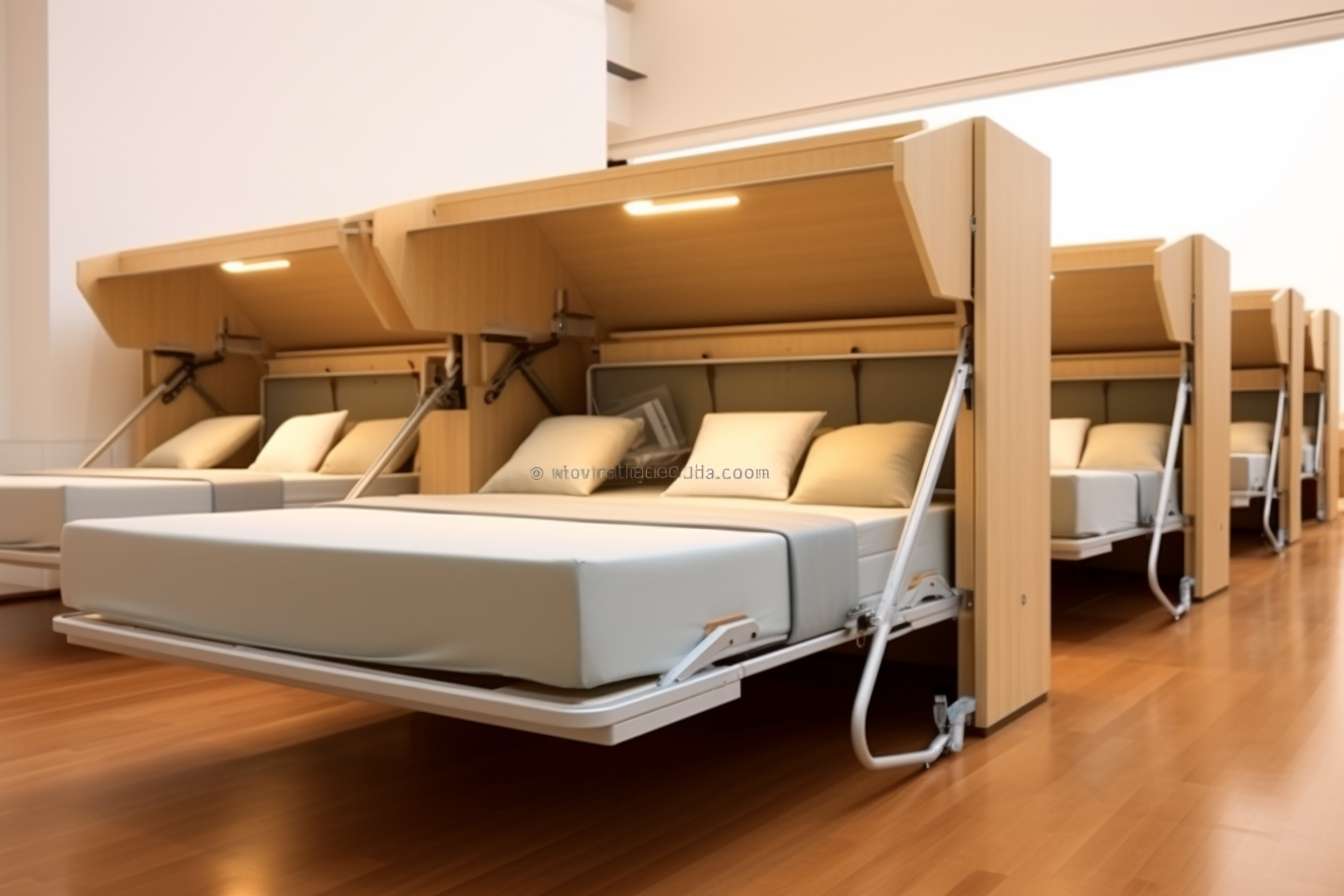Understanding Home Flooring Costs, Labor, and Smart Savings
Planning a new floor involves more than picking a material you like. Real costs depend on product tiers, subfloor conditions, labor efficiency, and even when and where you schedule the work. This guide breaks down materials, labor strategies, purchasing methods, and regional factors to help you align aesthetics with a practical budget.

Choosing and installing a new floor is a balance of design, durability, and cost. Beyond the sticker price of materials, total investment is shaped by subfloor preparation, trims and transitions, waste factors, local labor conditions, and the complexity of your rooms. Understanding these elements up front helps you compare options on value rather than just price and prevents mid-project surprises.
How to master luxury flooring costs and balance style with budget
Luxury options like wide-plank engineered hardwood, porcelain tile, and premium luxury vinyl plank (LVP) deliver distinct looks and performance. To master luxury flooring costs, define where luxury matters most. Reserve higher-end materials for focal spaces such as living rooms and entryways, and use value tiers in low-traffic areas. Compare warranties, wear-layer thickness for LVP, and finish types for wood. Include the full scope: underlayments, adhesives or nails, trims, stair parts, and door transitions. Small design adjustments, such as running planks parallel to the longest wall, can reduce waste and save on material overage.
Unpacking luxury flooring material costs and value options
Material pricing varies widely. Premium LVP can offer water resistance and realistic textures at a lower installed cost than many hardwoods, while engineered hardwood provides a genuine wood surface with better dimensional stability than solid wood in many climates. Porcelain tile excels in wet areas but often requires more labor for setting and leveling. For value, consider mid-tier laminates with AC4 or AC5 ratings in dry areas, or carpet tiles for flexible replacement in basements and bonus rooms. Always request samples, check wear layers and finish specs, and confirm compatibility with radiant heat or high-moisture spaces.
Effective labor cost strategies for flooring projects
Labor typically represents 30–60 percent of the total project. You can reduce labor hours by simplifying patterns, choosing click-lock systems where suitable, and ensuring rooms are clean and empty before crews arrive. Proactively address subfloors: correct dips and squeaks, replace damaged sections, and plan moisture mitigation if needed. For multi-room projects, batching work can minimize setup time. If hiring a contractor, request an itemized scope that separates demo, disposal, subfloor work, installation, and finishes. Clear scope reduces change orders and helps compare bids consistently.
Cost-effective purchasing and smart installation methods
Buying wisely can lower your overall cost without sacrificing performance. Compare product lines across retailers and authorized dealers; similar specs may appear under different collection names. Ask about overage policies and lead times so you do not overspend on extra boxes. For click-together products, ensure you have appropriate underlayment for sound and moisture management as recommended by the manufacturer. Smart installation methods include layout planning to minimize narrow slivers at walls, acclimating materials per guidelines, and staggering seams according to the specification for strength and visual appeal.
Navigating regional factors and timing for cost savings
Prices vary by region due to labor rates, warehouse logistics, and seasonality. In colder climates, humidity swings may require longer acclimation and potentially different adhesives. Scheduling during slower seasons in your area can improve availability and sometimes reduce labor premiums. In high-demand periods, plan extra time for special-order trims or stair treads. Always check local building requirements for vapor barriers in basements and underlayment sound ratings in multifamily buildings.
Real-world pricing insights and provider examples
| Product or Service | Provider | Cost Estimation |
|---|---|---|
| Luxury vinyl plank installation | The Home Depot | 3–8 USD per sq ft installed |
| Carpet installation | Lowe’s | 2.50–6 USD per sq ft installed |
| Engineered hardwood installation | LL Flooring | 6–12 USD per sq ft installed |
| Laminate installation | Empire Today | 4–9 USD per sq ft installed |
| Porcelain tile installation | Licensed local contractor | 7–20 USD per sq ft installed |
Prices, rates, or cost estimates mentioned in this article are based on the latest available information but may change over time. Independent research is advised before making financial decisions.
These figures reflect typical ranges in the United States and can rise with complex layouts, stairs, premium trims, moisture mitigation, old-floor removal, and furniture moving. For clarity, ask whether baseboards, transitions, and leveling are included in your estimate, and confirm warranties for both product and workmanship.
Conclusion A thoughtful plan combines the look you want with a realistic view of materials, labor, and timing. Prioritize luxury where it adds the most impact, select value tiers strategically elsewhere, and request itemized bids to keep comparisons fair. With careful scheduling, proper subfloor prep, and smart purchasing, you can achieve a durable finish that fits your design goals and overall budget in your area.




